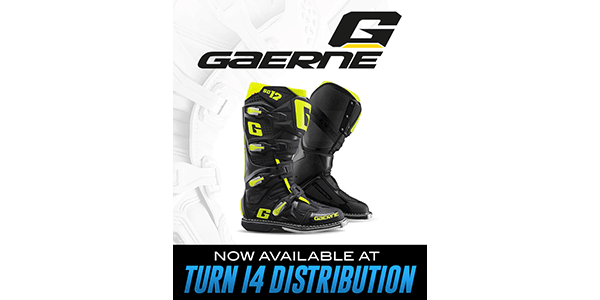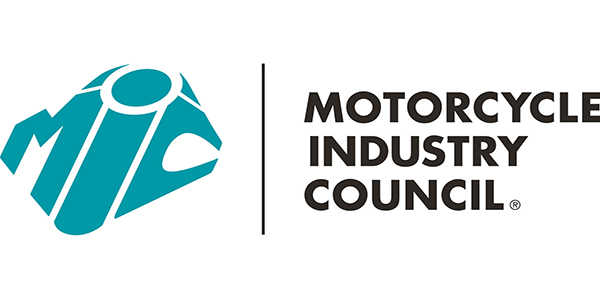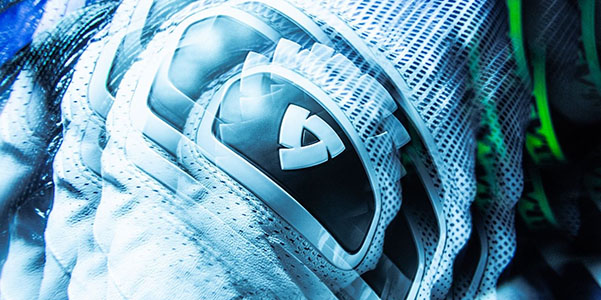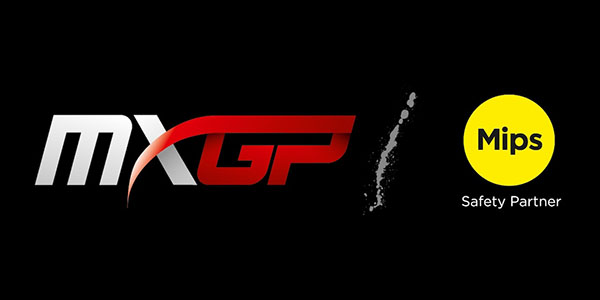Are you sick of losing Parts, Garments & Accessories (PG&A) sales to click and order mega-retailers? With online retail revenue up 109 percent in 2013 compared with 26 percent growth in off-line retail sales, many powersports dealers have begun to dip their toes into the eCommerce space. However, simply implementing a cart to your website doesn’t ensure success, you need to work it.
Think about your own online shopping experiences – if a site loads slowly do you bail? If the navigation is nonsensical do you trust that retailer with your credit card information?
If a goal of your website is to sell more PG&A, you need to make sure that your site makes a buyer’s shopping experience a joy instead of a nightmare.
Whether you built your own website, work with a website provider or are considering jumping into eCommerce for the first time, read on to learn about four of the most common eCommerce mistakes that result in a high rate of shopping cart abandonment and lost sales; a.k.a. empty online cart syndrome!
Your Website Moves Like a Sloth
The ideal load time for a website is under three seconds. However, a recent report by Radware clocked the average retail website load time at 8.56 seconds. The drag is attributed to the usual suspects – large images, HTML, CSS and JavaScript files. Other factors that can impact website load time include third party plug-ins such as Facebook and Twitter widgets, ad network tracking scripts and cloud-based content delivery systems (CDN).
This infographic from the team at KISSmetrics is stacked with facts that should scare you into making your website laser fast, since they report a seemingly insignificant one-second delay can cost you a whopping seven percent in conversions.
Not sure what your online load time is? Test it with this cool tool from Pingdom: http://bit.ly/1ahcGJ (it’s free). You may be surprised by the results. Pingdom provides you with a detailed, actionable report of the load time for every single page of your website. Armed with that information, it’s up to you or your website provider to make any necessary changes to drop your load time and improve sales conversions.
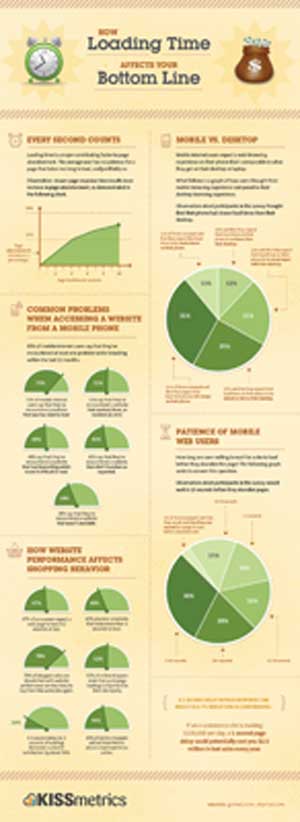
Your Website Display Isn’t Consistent Across Web Browsers
Are visitors to your website having the same experience on your website regardless of which browser they use? To find out, try accessing your website using the most commonly used web browsers, including Google Chrome, Internet Explorer, Safari and Firefox. Viewing your site this way, you’ll see exactly what buyers see – Are inventory images displaying properly? Is all of your content loading correctly? And, more importantly, is the shopping cart experience flawless. Here again, it’s up to you or your website provider to take control and resolve any issues you uncover.
Since most of us naturally assume the entire world uses the same web browser that we do, going through this exercise is especially important. I’ve found most dealers are still using Internet Explorer (IE). Only 9.4 percent of the population uses IE, so you are a part of the shrinking minority. The far and away leader is now Google Chrome at 58.4 percent.
Your Cart Isn’t Secure
Today’s online shoppers are savvy. They’re aware of the numerous fraudulent websites that exist simply to trick consumers into providing credit card information for illegal use. Here’s three ways you can show your customers that your website is fully secure and reassure them their personal information is safe on your site:
• All pages that collect personal information should be secured with a Secured Socket Layer certificate or (SSL) that automatically displays the pages in the address bar preceeded https:// (rather than unsecured pages proceeded by http://).
• A small lock icon should display in the address bar in browser windows on secured pages. This icon is clickable to view the sites SSL issuer, type and expiration date.
• Prominently display the shield icon and/or logo of your SSL provider on your home page to provide your site shoppers an added visual reassurance of your website security.
Your Shopping Cart Isn’t Optimized
Your shopping cart should make the shopping experience as quick and simple as possible while removing any unnecessary steps to improve conversion rate. Offer a simple, visual experience. There’s nothing more frustrating than backtracking or scouring a site to hunt down the shopping cart. The cart and its contents, including item thumbnails of the PG&A that’s loaded in the cart, should be easy to access at all times so that online buyers can quickly double-check features, quantities and costs – no matter what page they’re on.
In order to convert more shoppers into buyers and increase your online sales, it’s critical that your website provides a shopping experience that is easy-to-use and builds confidence in the products they’re considering. Take some time to check your website performance, compatibility with web browsers, security and shopping cart optimization to be sure you’re welcoming online buyers.
Heather Blessington is a nationally-renowned speaker on social media strategy and a digital marketing veteran with more than 20 years experience. As an MPN columnist for Web Savvy and CMO at ARI Network Services, Blessington is dedicated to educating powersports dealers about digital marketing best practices.

